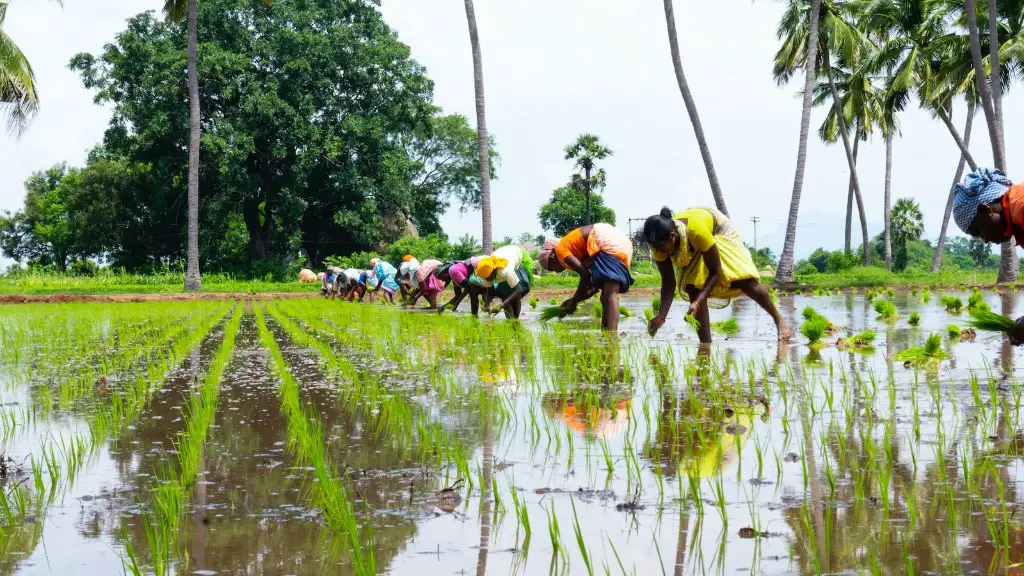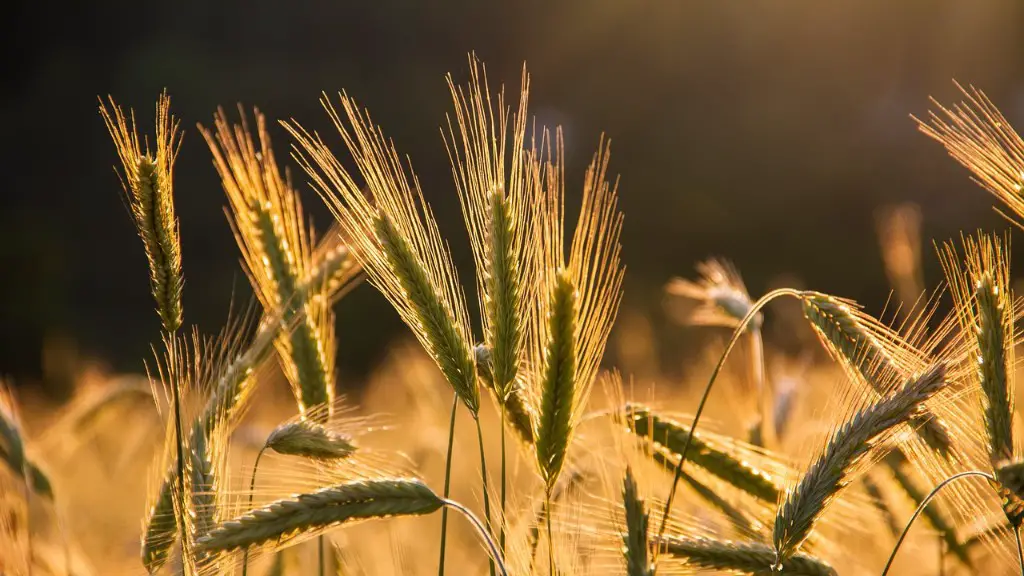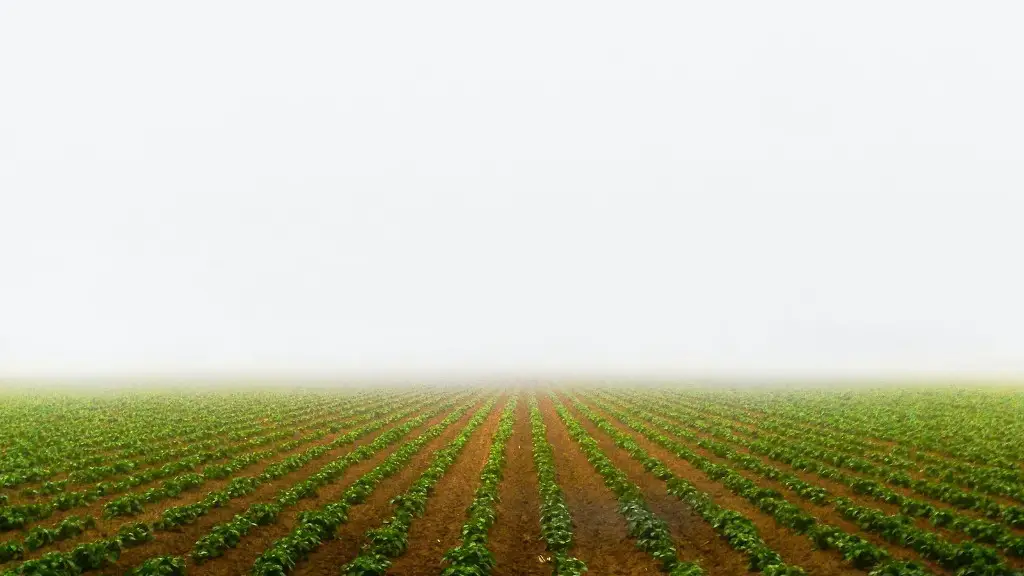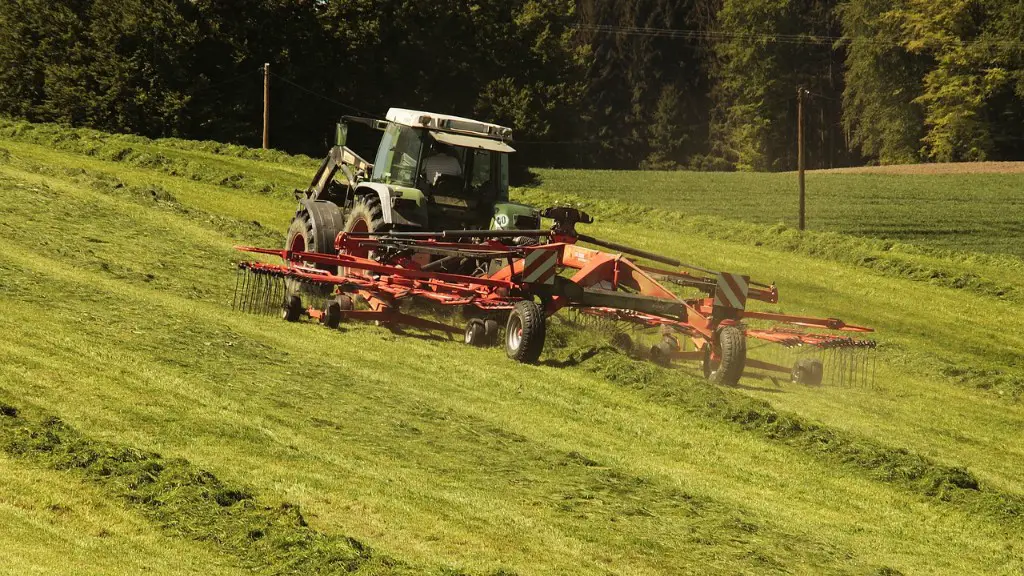Crop science is a branch of agriculture dedicated to studying how to cultivate different species of plants and turn them into consumable yields. It focuses on how to improve crops, in terms of yield, nutritive value, and other intrinsic characteristics. Crop science has been used for centuries to increase crop production and improve the quality of food. In recent years, advances in technology have made crop science even more important as a field of study, with an emphasis on sustainability and crop diversity.
Crop science involves the use of a variety of tools to study crops and maximize production. These tools could include genetic engineering, the use of fertilizers, improved monitoring systems, and a variety of other techniques. All of these methods allow researchers to improve the quality of crops and increase the quantity of food available for human consumption. Crop science can also help to identify and develop new crop varieties and reduce the potential for pests and diseases.
In addition to increasing the production and quality of many different crops, crop science is also used to improve soil health, reduce the impacts of global warming, and provide additional sources of energy. For example, crop science can help to identify plants that can be used to produce biodiesel and biomass energy. Additionally, crop science helps farmers to understand how to sustainably manage their resources, such as water and soil, to maximize production and reduce environmental damage. Finally, crop science can be used to better understand how to manage diseases and pests, as well as to provide farmers with more efficient farming techniques.
Crop science is a rapidly growing field of study and there is an increasing focus on the development of sustainable agriculture. Crop science can be found in many forms, including books, scientific articles, and online resources. In addition, many colleges and universities offer degrees in crop science to provide students with the skills they need to work in this field. With its focus on sustainability, crop science is becoming an increasingly important field of study.
Role of Climate Change in Crop Science
One of the key areas of crop science is the role of climate change in crop yields. With climate change leading to extreme weather events across the world, crops are increasingly turning to new methods of responding to these changing weather patterns. This includes the use of drought-tolerant varieties and biotechnological techniques aimed at improving the quality of crops.
Research into climate change has found that crop yields can be threatened by changes in temperatures, weather patterns, and droughts. These changes can lead to a decrease in crop yields, and potentially the extinction of certain crop varieties. By understanding the dynamics of climate change, scientists can identify the traits of the most resilient crops and work to develop improved varieties and techniques to deal with the changing environment. Additionally, crop science can help to improve traditional farming techniques to reduce the impacts of climate change and increase overall crop productivity.
Climate change also has an impact on soil health and fertility. As temperatures and weather patterns change, the soils lose their natural ability to retain and transfer water, leading to greater soil erosion, nutrient losses, and changes in nutrient cycling. As such, crop science is increasingly focusing on how to maintain and improve the health of soils despite the changing climate. This includes the development of pest and disease management strategies, improved soil fertility management, and the use of cover crops and other sustainable land management practices.
Finally, there is a growing emphasis on genetic engineering as a tool for dealing with climate change. At its simplest, genetic engineering involves altering an organism’s genetic code to give it an advantage in dealing with a changing environment. This could involve modifying crops to make them more adaptable and resilient to increasing temperatures, introducing drought-resistant varieties, or incorporating genetic markers that could help identify crops suitable for a particular climate. All of these strategies require a detailed understanding of crop science and intensive research, making it an important area for the future sustainability of crop production.
Tools Used in Crop Science
A number of tools are used in crop science to improve crop production and quality. These tools include the use of fertilizers, improved monitoring systems, and a variety of other techniques. The use of fertilizers can help to improve the health of soil and increase its capacity to store water and nutrients, while also improving plant nutrition. Improved monitoring systems provide researchers with data on crop health, growth, and soil conditions that can help to optimize crop yields.
Other tools include the use of genetic engineering, biotechnology, and tissue culture. Genetic engineering combines DNA from two different plants to create a new variety with desirable characteristics. Biotechnology is used to increase yields and introduce pest and disease resistance. It can also be used to create new crop varieties that are suited to different climates. Tissue culture enables the multiplication of plants from a sample of cells from a plant.
Finally, new technologies can also be used in crop science. These include the use of drones and satellites to monitor crops, artificial intelligence to predict crop yields, and digital farming to increase efficiency. All of these tools can be used to identify and develop new crop varieties, reduce the potential for pests and diseases, and increase crop production.
Role of Technology in Crop Science
Technology plays an increasingly important role in crop science. Advances in technology have enabled researchers to identify and develop more efficient farming techniques, as well as new crop varieties and pest and disease management strategies. Additionally, technology can be used to monitor soil health, soil fertility, and crop yields, as well as to help identify and analyze plant stresses, such as disease and drought stress.
Technology can also be used to improve water and nutrient management. It can be used to improve irrigation systems and identify areas that could benefit from additional water or fertilizer. Sensors placed in the soil can detect the amount of water present, as well as identify excess water or nutrient levels. In addition, technology can be used to monitor crop growth and help identify areas that are at a higher risk of disease or pests.
Finally, technology can be used to better understand how plants interact with their environments. For instance, sensors can identify environmental factors, such as temperature,light, or humidity, which can be used to better understand how a crop responds to its environment. This is becoming increasingly important as climate change continues to alter local environments, making it more important for researchers and farmers to understand how crops will respond to changing conditions.
Applications of Crop Science
Crop science has a number of applications. It can be used to identify and develop new crop varieties that are adapted to different climates and soil conditions. Additionally, crop science helps to optimize crops for maximum yield, nutritional value, and other intrinsic characteristics. Finally, crop science helps to identify and develop more sustainable farming techniques, including improved water and soil management, and the use of cover crops and other sustainable land management practices.
Crop science can also be used to develop improved monitoring systems, such as those that use sensors to analyze crop health and growth patterns. In addition, genetic engineering, biotechnology, and tissue culture can be used to introduce disease and pest resistance, as well as to modify crops to make them more resilient to changing environmental conditions. Finally, new technologies, such as drones, satellites, and artificial intelligence, can be used to increase crop productivity and reduce environmental damage.
Crop science plays an important role in modern agriculture. As the climate continues to change, crop science plays an increasingly important role in helping to develop more sustainable and productive agricultural systems. By understanding the dynamics of climate change, crop science can help to identify and develop more resilient crop varieties, as well as improved monitoring systems, genetic engineering, and new technologies that can help to increase crop yields and reduce environmental damage.




